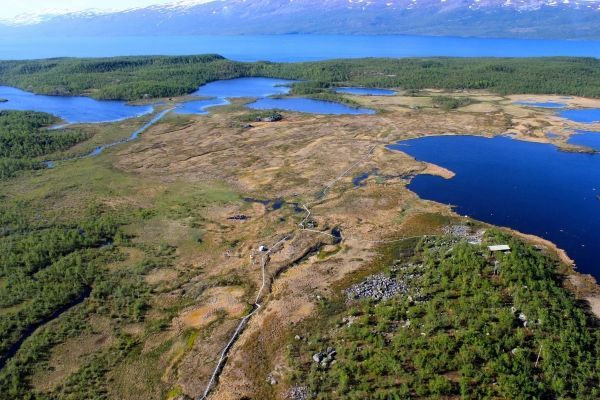A new understanding of the microbes and viruses in the thawing permafrost in Sweden may help scientists better predict the pace of climate change.
Microbes have significant influence over global warming, primarily through the production of – or consumption of – methane, and new details about these microscopic beings’ genetics is now available, thanks to a trio of studies from a project co-led by researchers at The Ohio State University.
The research appears in Nature, Nature Microbiology and ISME Journal.
“Because of global climate change, huge amounts of permafrost are rapidly warming. To microbes, they’re like freezers full of juicy chicken dinners that are thawing out,” said Virginia Rich, an assistant professor of microbiology at Ohio State and study author.
“In many cases, microbes take advantage of this situation to chew up what’s in the permafrost and breathe out methane. That methane really packs an environmental wallop, with 33 times the climate warming power of carbon dioxide.”
Read more at Ohio State University
Photo: Thawing permafrost holds climate change clues. (Photo credit: Scott Saleska)


